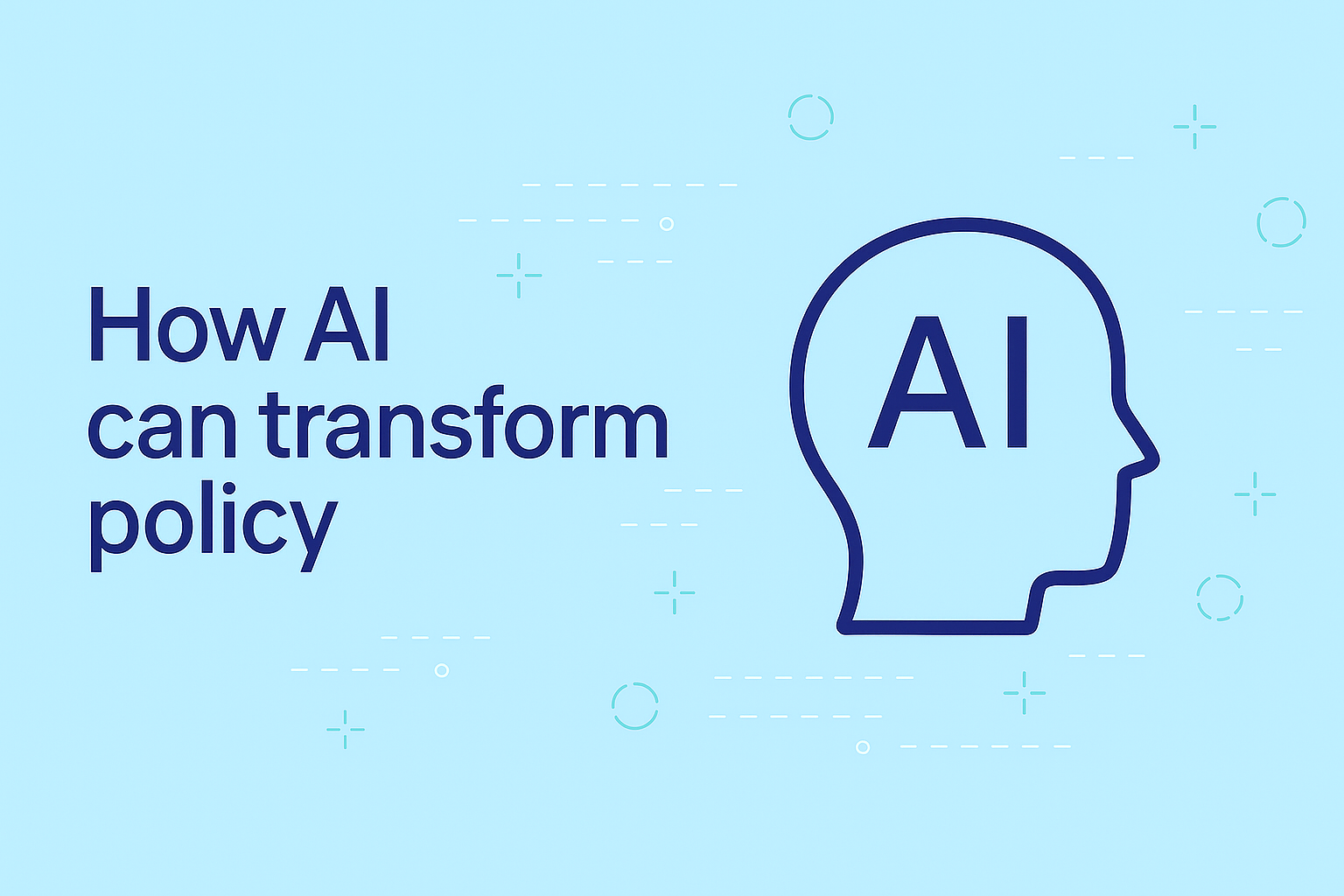In his recent blog post, Werner Vogels, VP and CTO at Amazon, shared insights from his visit to Tallaght, an area in South Dublin undergoing significant revitalisation efforts. The suburb has embarked on the Tallaght District Heating Scheme, an initiative that aims to transform the provision of heat and hot water for various establishments, ranging from hospitals to public housing.
Tallaght’s District Heating Scheme is a collaboration between Codema (Dublin’s energy agency), the South Dublin County Council, AWS, and Heat Works, Ireland’s first not-for-profit energy utility. This innovative program, the first-of-its-kind in Ireland, has the potential to address a significant portion of Dublin’s heating demand, with estimates suggesting it could supply over 87% by 2050.
A Sustainable Approach: Transitioning from Fossil Fuels
District heating, although an old concept, is now making a comeback with a focus on sustainability. Vogels reflects on historical methods of centrally producing and distributing heat, acknowledging the unsustainable reliance on fossil fuels.
Tallaght’s district heating program signifies a shift towards renewable energy sources, aligning with Ireland’s ambitious goal to reduce greenhouse gas emissions by 51% by the end of the decade. Innovative approaches, such as tapping into waste heat from industrial processes and data centres, underscore the potential for renewable energy to drive decarbonisation efforts and foster sustainable community development. Codema estimates that these untapped sources could provide enough energy to heat approximately 1.6 million homes, signalling a significant contribution to Ireland’s decarbonisation goals.
Understanding District Heating
With district heating, heat is produced at a central location, usually in the form of hot water, and then sent out to homes and businesses through insulated pipes. Once it reaches these places, the heat is used to warm up buildings and water for everyday use. In some cases, like in Tallaght, the leftover heat that’s cooled down is sent back to the system to be heated up again.
District heating systems are great for communities looking to reduce their carbon footprint. These systems are flexible with where they get their energy from, meaning they can use power and heat from various sources, including renewable ones like solar or wind power.
This adaptability allows the systems to change as new technologies become available and environmental goals shift. For example, they can switch from using biofuel to capturing heat from things like waste incineration. Plus, they save households from having to use their own boilers or water heaters, cutting down on infrastructure costs.
Turning Server Heat into Warm Water
Servers generate heat, and to keep them running efficiently, data centres use large air handling units for cooling. However, instead of seeing this heat as a waste product, it can be utilised in a positive way. In the Tallaght data centre, the heat from servers is captured by a heat exchanger in the air handling unit. This heat increases the temperature of water running through the building to around 23-28°C before it’s pumped to Heat Works’ energy centre through insulated pipes.
At the energy centre, the warm water goes through two heat pumps. The first heat pump condenses the water until it reaches approximately 45°C, and then it goes through a second heat pump, raising the temperature further to between 70° – 85°C depending on the season. This hot water is then distributed to customers connected to the heating system.
In a district heating system, individual hot water heaters or boilers in homes are replaced by heat interface units. These units transfer hot water from the system into buildings or homes as needed, and also act as a pressure break to prevent backflow.
As homes and businesses use the heat, the water that has cooled down during energy transfer is returned to the Heat Works energy centre. There, it goes through a pump to be further cooled to around 15°C before being circulated back to the AWS data centre to start the heating process again.
Observability
Monitoring is essential for large-scale systems like data centres, applications, or district heating programs. It helps in designing systems that can handle faults, knowing that failures will happen eventually. Monitoring allows for quick identification of issues and ensures smooth operation even when components fail. In the Tallaght District Heating Scheme, Heat Works monitors the system 24/7. They track water and air temperature, pressure, flow rate, and energy generation at each heat pump. They can even detect leaks in the system with precision, up to a few metres.
This level of monitoring is crucial, especially considering that in the past, identifying leaks relied heavily on visual cues like steam, which can be challenging in warmer months. Vogels gives the UK as an example of the importance of monitoring and modernization projects, as the country loses 3 billion litres of water per day due to difficulties in detecting leaks in newer plastic pipes using traditional hydrophones designed for metal pipes.
What Lies Ahead
Currently, the collaboration between AWS and Heat Works is providing Tallaght with 3 MW of energy from the local data centre, replacing what would have previously come from gas or fossil fuel. This amount of energy is sufficient to heat approximately 43,000 square metres of public buildings, including the local university, library, and innovation centre. Moreover, this initiative has significantly reduced carbon emissions in the area by nearly 1,500 metric tons per year, equivalent to the mass of about 7.5 adult blue whales or 730 average-sized cars, according to Vogels’ estimates.
Looking ahead, there are ambitious plans to double energy generation within the next two years and expand the program to include residential buildings and other critical infrastructure in the community. The success of the Tallaght District Heating Scheme highlights the considerable potential for sustainable community energy systems in Ireland. Vogels argues that it serves as a compelling example of how government agencies, energy suppliers, and industries can collaborate on large-scale projects that not only contribute to decarbonisation goals but also rejuvenate communities and ensure reliable access to energy and heat.
Beyond the tangible benefits of the district heating program, the transformation underway in Tallaght is equally significant. The community has embraced industries like cloud computing and is investing in education programs from primary school through university to empower its youth, Vogels wrote. Additionally, the local hospital has leveraged machine learning and cloud technologies to enhance patient outcomes. Tallaght serves as a model for how industry and communities can unite to achieve remarkable outcomes in a world striving to balance sustainability with connectivity and consumption. “It’s a model I hope to see widely adopted in the years to come,” Vogels concluded.






